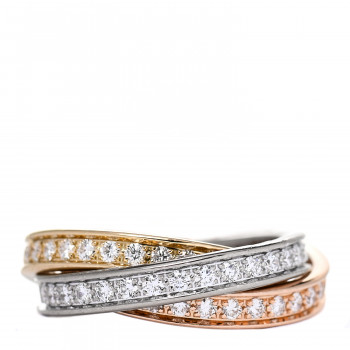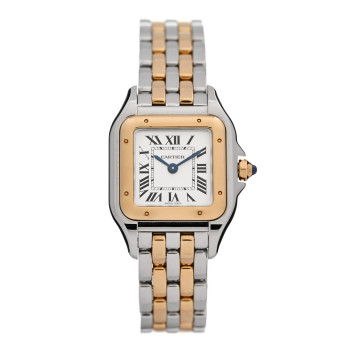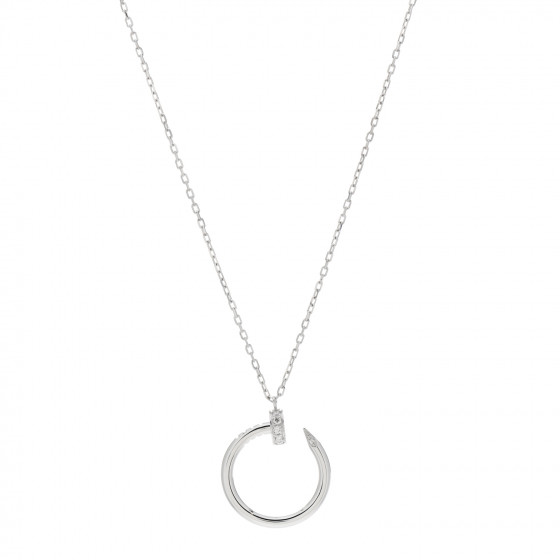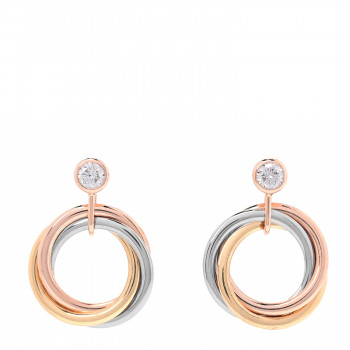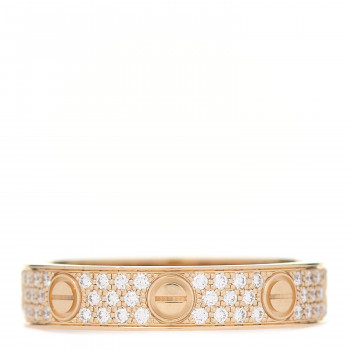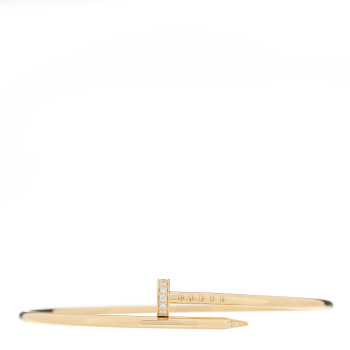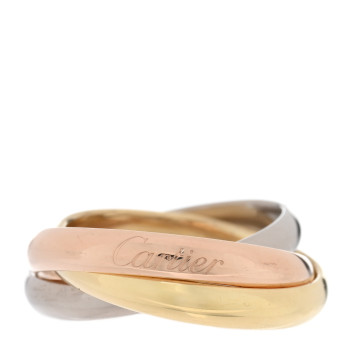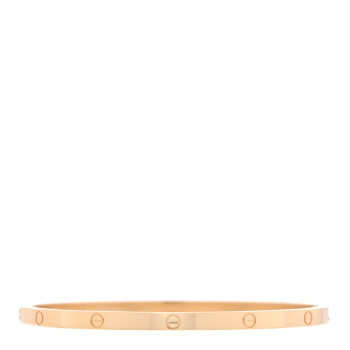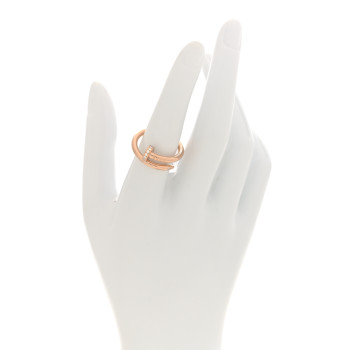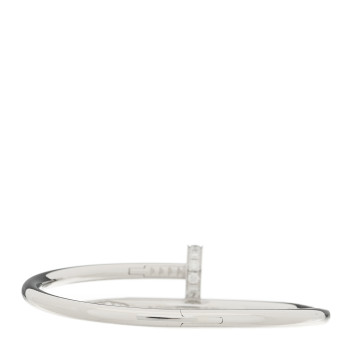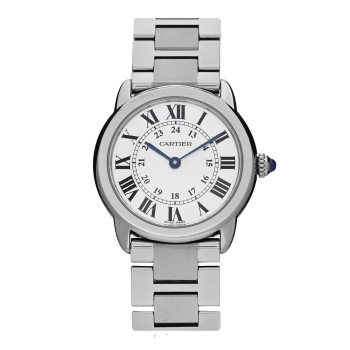Skip to sign inSkip to shop categoriesSkip to main contentSkip to footerSkip to accessibility statement
Cartier
In 1847, the now-illustrious Cartier name had its start with jeweler Louis-François Cartier opening a workshop in Paris, France. Louis-François’ son took over the shop in 1874, which by then had become known for its luxury jewelry and wristwatches, having gained the attention and patronage of royalty. Princess Mathilde (niece of Napoleon I and cousin of Emperor Napoleon III) began buying Cartier pieces as early as 1856, and King Edward VII ordering tiaras from the jeweler for his coronation in 1902. In fact, it was King Edward himself who dubbed Cartier “the jeweller of kings and the king of jewellers,” a reputation that was further proven in the form of royal warrants issued by the king and other royal courts from all over the world.
Early Cartier designs included Louis-François’ mystery clock design, which had a transparent dial and a hidden mechanism, and the 1904 “Santos” watch, a flat men’s wristwatch named after Brazilian aviator Albertos Santos-Dumont and created to replace the less-convenient pocket watch. Around this time, Cartier had expanded their international presence to include branches in New York, St. Petersburg and London, and had become one of the top watch companies in the world. In 1909, Charles Jacqueau joined the company, which by then was run by Louis-François' grandsons, Louis, Pierre and Jacques, and was creating celebrated watch designs like the Baignoire and Tortue models of 1912 and the Tank model of 1917. In 1919, Cartier and Edward Jaeger created the European Watch and Clock Company, with Jaeger becoming the primary producer of Cartier’s watch movements, though Cartier would continue to also use movements from other makers, including Vacheron Constantin and Movado.
In the early 1920s, Cartier began stamping its own four-digit code on the underside of their watches, further setting them apart, and their jewellery designs included the brand’s now-classic Art Deco pieces. By 1933, with Jeanne Toussaint as Cartier new Director of Fine Jewellery, the brand released such celebrated pieces as the Bismarck sapphire necklace and the company’s smallest wrist watch, which was given to Princess Elizabeth of England in 1938. The successful luxury watch and jewelry brand would continue to create designs for foreign dignitaries as well as actors and actresses around the world in the years that followed.
In 1972, Cartier’s new president Robert Hocq coined the phrase, “Les must de Cartier” (“Cartier; It’s a must!”), a sentiment that would inspire the company’s new line of designs by the same name. The new head of jewelry design, Micheline Kanoui, launched the brand’s “Nouvelle Joallerie” collection in the early 1980s. Later that decade, the Pasha de Cartier and Tank Américaine watch designs were launched. The 1990s saw the advent of such classic Cartier watch designs as the Diabolo, the Pasha C, and the Tank Francaise. And by 1997, Cartier was celebrating 150 years of fine jewelry and watchmaking with a special release of fine jewelry for its jubilee year, including a serpentine necklace design made of diamonds and set off by pear-cut emeralds.
Since 2012, Cartier’s owners include the Rupert family along with Pierre Cartier’s granddaughter, Elle Pagels. The Cartier name remains synonymous with the highest quality jewels and the most sophisticated and innovative watch designs. Cartier currently operates over 200 stores in 125 countries, including the 2008 opening of a flagship store in Seoul, South Korea. The brand’s most well-known designs include the Cartier Love necklace, the “Tutti Frutti” jewelry line, and the Tank and Santos line of watches.
477 items
- Filters.jewelry: Bracelets


Cartier 18K Pink Gold Diamond Malachite XS Amulette de Cartier Pendant Necklace
Condition: Excellent
$1,950


Cartier 18K Yellow Gold Diamond Guiloche Amulette de Cartier Drop Earrings
Condition: Shows Wear
$6,595


Cartier Stainless Steel 18K Pink Gold Alligator 31.4mm Santos Dumont Quartz Watch
Condition: Shows Wear
$4,995


Cartier Stainless Steel 18K Yellow Gold 28mm Tank Francaise Automatic Watch
Condition: Shows Wear
$3,450


Cartier 18K Pink Gold Diamond Malachite XS Amulette de Cartier Pendant Necklace
Condition: Shows Wear
$1,795


Cartier 18K Pink Yellow White Gold Diamond .35ctw Trinity De Cartier Stud Earrings
Condition: Excellent
$3,895


Cartier 18K Yellow Gold Snakewood Large Les Berlingtos de Cartier Necklace
Condition: Shows Wear
$3,195


Cartier Stainless Steel 18K Pink Gold Alligator 34mm Santos Dumont Limited Edition 500 Manual Winding Watch
Condition: Excellent
$9,095

